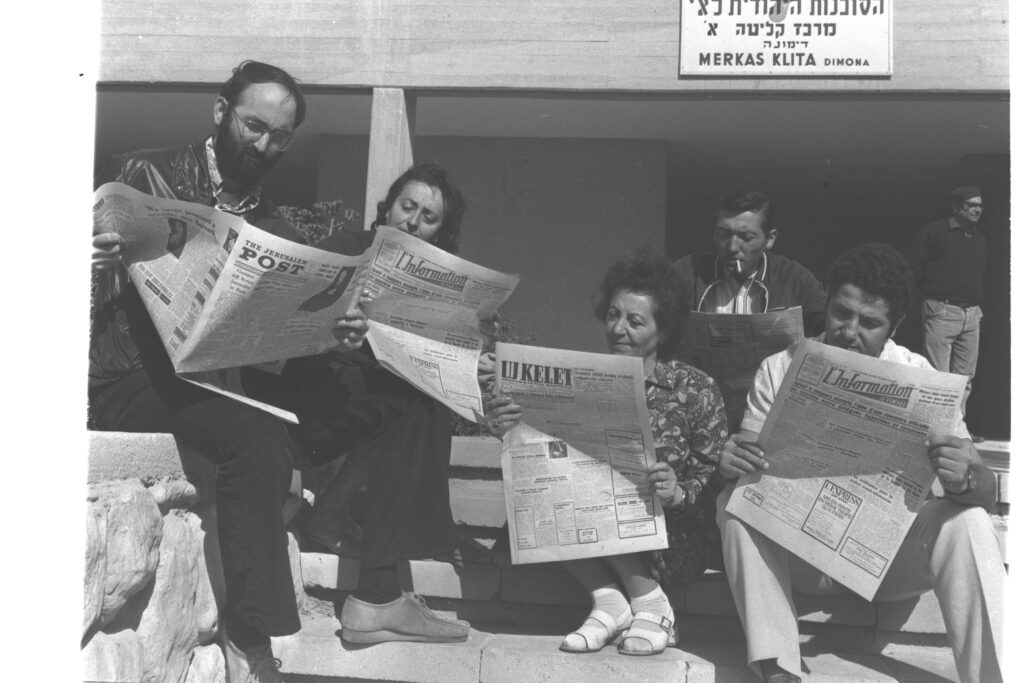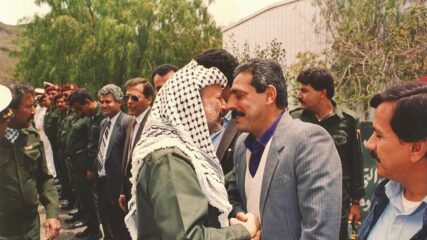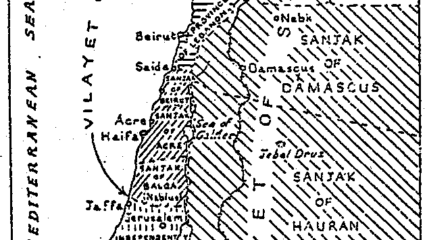August 1, 1955
The development town of Dimona, built in the south of Israel to become the home to new Mizrahi immigrants, welcomes its first residents. The first 33 families are recent arrivals from Morocco.
As the young State of Israel absorbed over half a million immigrants from the Arab world alone, it was challenged to provide adequate housing and employment for the new arrivals. Most immigrants, especially those from Asia and Africa, were sent to transit camps called ma’abarot. In these camps, each family was given its own tent, with 100 to 200 tents per camp. One common outdoor bathroom (a sewage pit) and one water faucet were shared by 10 to 20 tents. In the center of the camp were a health clinic, classrooms and a synagogue. There was no electricity. By the end of 1951, 220,517 immigrants lived in 127 transit camps; 75% of the ma’abarot residents were from Africa or Asia.
During the 1950s, many Mizrahim (Jews from Arab lands) were settled in development towns that usually were small and isolated in the far north or south of the country. Immigrants were often employed as construction workers to build the towns and their future homes.
In Dimona, many residents find jobs at the Dead Sea Works potash plant, but others have to travel great distances for work. Water and other necessities have to be brought from Beersheba, more than 25 miles away.
Dimona receives municipal status in 1969 after the population grows to 24,000, nearly half of whom are children. By 2007, it has a population of 33,600.
The city is home to a small community of Black Hebrew Israelites, descended from members of the Tribe of Judah who arrived in Israel from the United States in the late 1960s.









